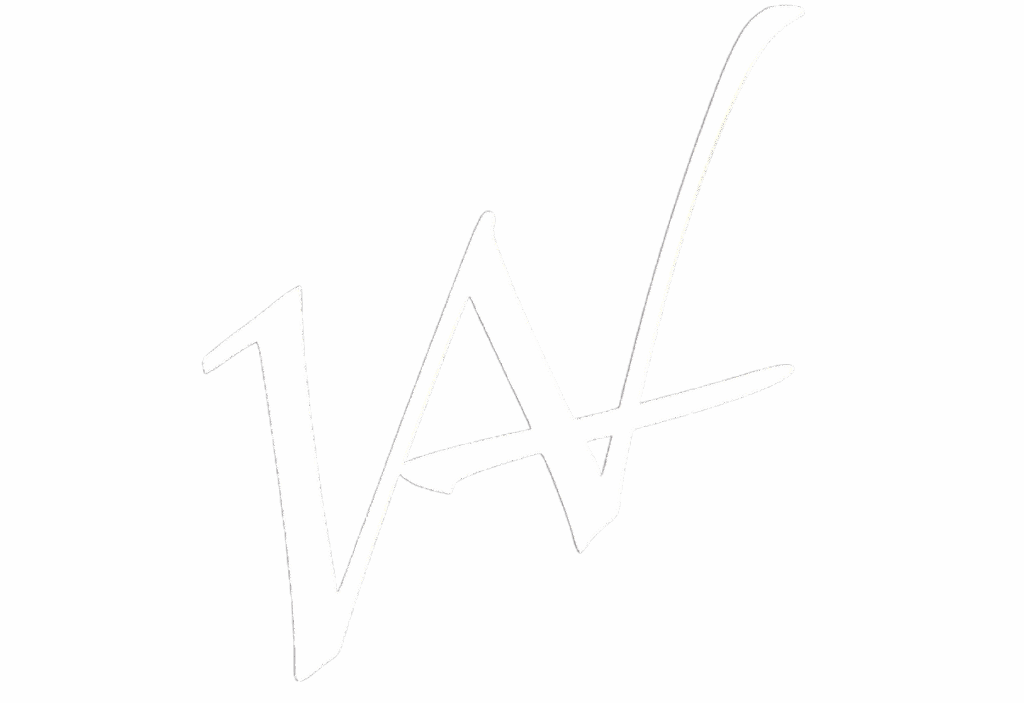By Andrew Aycoth
Download the sheet music here!
Okay, so you’ve got the triads and inversions down, but 7’s keep popping up in weird ways. To be honest, I learned a lot of these first as just shapes for the most commonly represented (or I’d just play the triad as a substitute). The issue was then I didn’t know why the chord was what it was, so I couldn’t translate into another key or potential voicing. So let’s get on with the most common addition to the triad: the 7th.
Major 7ths:
7th chords come in three qualities, major 7th, dominant 7th, and diminished 7th. In a major scale, the 7th scale degree is one half step below the root of the scale. So adding that note to our triadic structure produces the major 7th (from the major scale). In the key of C major, the 7th scale degree is B. Adding this to our usual C major chord produces the C major 7th (C-E-G-B)! The symbol for this is probably the most variable, though. I’ve seen it written as “maj7”, “M7”, or “▵7”. These all mean the same thing, but people and publishers have their own preferences. The main point of confusion here is that people see the maj7 and think that means the triad is also major. Not necessarily! Remember a major triad is just the letter with nothing else, so the presence of any of the symbols above are referring to the quality of the 7th, not the triad.
Minor 7ths:
Dominant 7ths (we usually just refer to these as “7th”), are probably the most common type of 7th, and get their name from typically having a dominant function (but that’s for another blog!). These add a minor 7th, rather than the major 7th, meaning what would be the 7th scale degree in a major scale is lowered by a half step. So, since we had C-E-G-B for the Cmaj7 above, the dominant 7th of this would be C-E-G-Bb. In chord symbols, there really isn’t any variation in writing it – it’s just the triad plus the number 7. So the C dominant 7th would be written C7. That’s it!
Half/Fully Diminished 7ths:
Diminished 7ths are a bit different. Here, diminished is actually referring to the quality of the triad. From there, we have two varieties: half diminished and fully diminished, which refer to the quality of the 7th. So we start with our stack of minor 3rds to make the diminished triad, which in C would be C-Eb-Gb. From there, we can add another minor 3rd above, creating the fully diminished 7: C-Eb-Gb-Bbb (yes that’s a double flat, enharmonically equivalent to the note A). OR we can add a major 3rd above, creating the half diminished 7: C-Eb-Gb-Bb. In chord symbols, the fully diminished is either written “dim7” or “o7”. The half diminished is written either as the o with a slash through it or “m7b5”, read as “minor seventh flat five”. You read that right! So the “m” means the quality of the 3rd is minor (Eb), the 7th means a dominant seventh (Bb), and b5 means to lower the 5th by a half step (Gb). Putting these in order, we once again get C-Eb-Gb-Bb. Easy peasy!
So those are the 7ths, and for practice I recommend reading lead sheets such as those in the Real Book. You may run into some other numbers or symbols, but at least try to figure out the quality of the triad and 7th! For those other things, check out Part 3, where we’ll dig into chord extensions. See you there!








